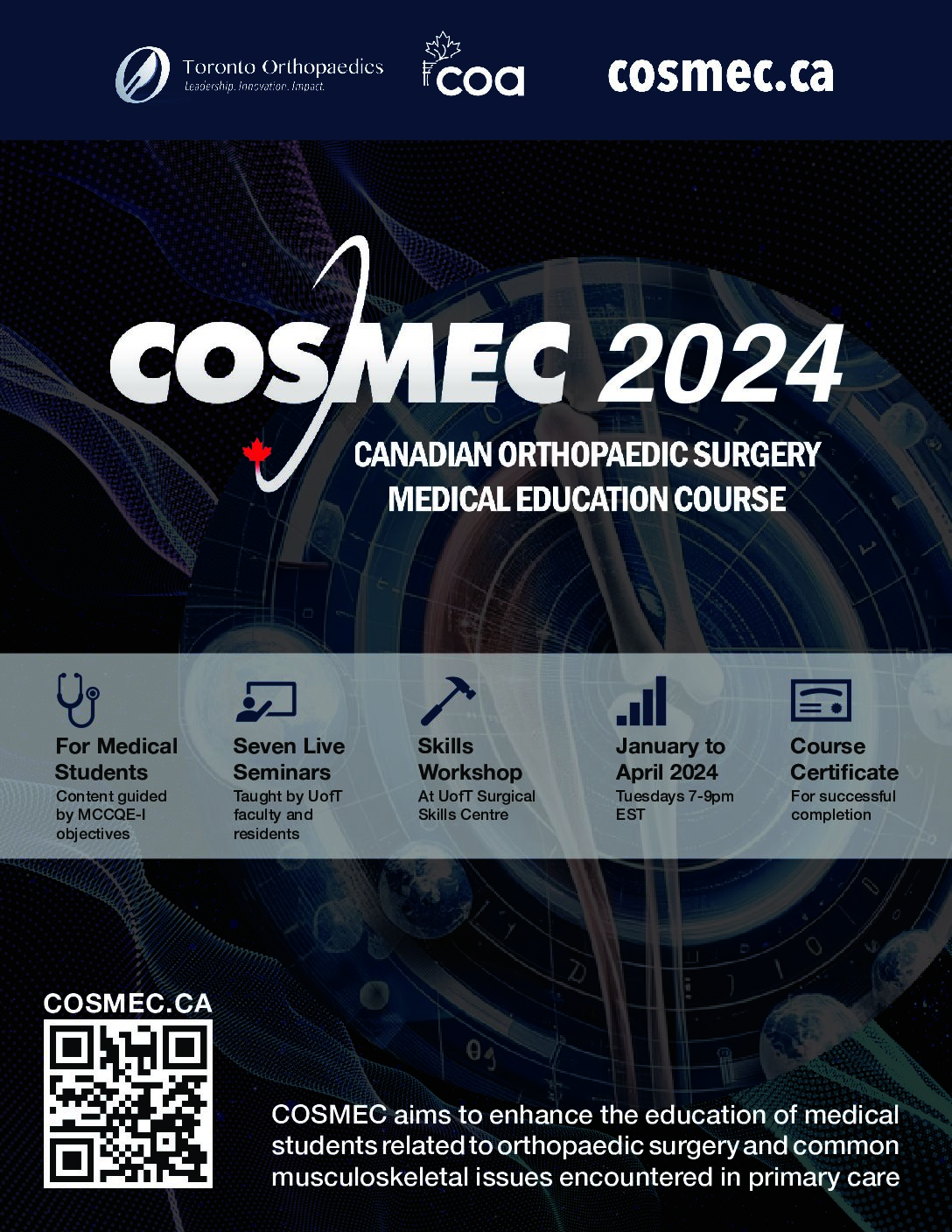I remember being a med student interested in Ortho. I had always heard that the schedule could be tough, but I never really knew exactly what a day looked like as an orthopedic intern. My medical school did not have an orthopedic service which made it even more difficult to get experience. Even after doing some shadowing, I still was not certain about what to expect. Luckily, you are able to do away rotations during 4th year which helps tremendously when it comes to gaining experience. Hopefully this post can help some people who may want to know more about what to expect as an intern a bit earlier than the last year of medical school.
Morning Rounds
Rounds usually start between 5:15 am – 6:00 am. You will learn that rounds tend to be very “efficient” on most ortho services. This is not medicine where you spend 4-6 hours rounding on 13 patients. Most mornings we have 20-60 patients to round on. All residents on the trauma, spine, hand, and joints services (5-7 residents) split the list amongst each other. The chief is usually paired with 2 interns so that an intern can type the note while the patient is being seen by the chief. As an intern, I tend to write about 12-20 notes in the morning. Again, this is not medicine. LOL. Ortho notes are very concise and straight to the point so it is not too difficult to get through these notes quickly. We usually meet about 45 mins later to round with the attending to get final plans for all of the patients on the list for that day.
Floor Work
Unless you have an all-star med student rounding with you in the morning, most days there’s often plenty of floor work that needs to be done. “Floor work” includes dressing changes, pulling drains, wound checks, casting, etc. This can really be the bane of your day. The trick to floor work is trying to get it done as early as possible before the consults start rolling in. Getting a call about a saturated dressing really can give you the blues when you have 4 consults waiting for you in the ED.
Consults
So probably the best thing about 1st year in my opinion is that we see all consults on our own. We tend to have anywhere between 6-15 consults during the day shift. 95% of our consults are not seen by a senior resident until they get into the OR. This can be quite frightening when you start out, but there are seniors available if needed. This can really help build your confidence really quick. All patients are staffed with an attending though. When the ED is stacked with consults for you, staffing is another important piece you have to learn how to do efficiently. Also learning what requires immediate attention for surgery is key as well (compartment syn, open fxs, etc.) So even when you getting slammed with consults, you have to remember that each new consult is only helping your residency training. Strap up your laces and Get it done!!!
Sign-out
Sign out is scheduled for 6:00 pm. As long as the chief is out of the OR, we tend to sign out on time. Something I have not yet mentioned is managing the list. So the list has all the patients on the service, all plans, all surgery dates, primary teams, and all other critical info we need to have quick access to for our patients. The list is probably the most important part of our job. Having the list up to date when the chief is ready to run the list is top priority at all times. The list must be Tight. Be good to the list and the list will be good to you. Passing off the pager to the night resident will become your favorite part of the day so you tend to not mind all the constant updates that’s required to be ready for sign-out. From this point, you just finish up your work and hopefully get out of there.
So this is all different from program to program. I can only speak on my daily activities. I am not sure if I was able to fully explain how challenging our day tend to be on the regular basis. My program is very “front heavy” so the toughest year is as an intern. We have the busiest service in the hospital. We also have the most responsibility of all interns in the hospital. We usually have 2 interns on service that splits all of the work throughout the day. Our list tends to hang between 60-110 patients. As all of the floor work and consults are being done, it is also the intern who has to manage all of the patients on the floor. The pager never stops. It’s nothing to have the pager go off 30-50 times in an hour on a busy day. There’s other responsibilities that I left out which make you stay a bit later some days. I think knowing what you are getting yourself into before residency is key in being successful. Ortho is hard. It wears you down over time. You have to be able to smile through the tough times. You can only do that if it is something you truly have a passion for.
- Jay Fitts, MD





